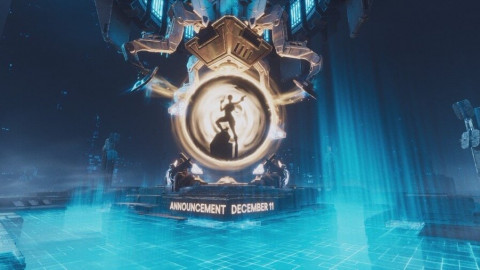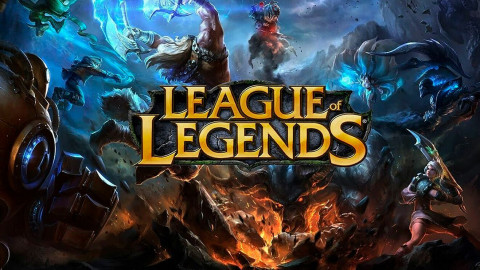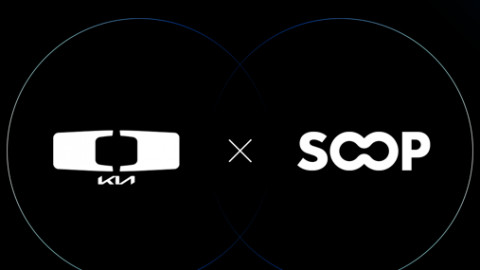
Disclaimer : The following article was written freely based on the author's opinion, and it may not necessarily represent Inven Global's editorial stance.
Last month, I wrote a column titled, “Did Nintendo learn its lesson with the SNES Classic?” This was published just after Walmart has erroneously opened up pre-orders for the plug-and-play console, giving eager Nintendo fans the false impression that they had secured the massively popular machine in a stroke of luck. It certainly would have represented a major shift for both retail chains and Nintendo, which delivered a consistently low supply of the NES Classic Edition before it was ultimately discontinued earlier this year.
But Nintendo assured fans that there would be nothing to worry about. Though Walmart canceled all of its pre-orders from July, the console would really be available for purchase in late August. Target, Best Buy, Amazon, and other large retailers would all be selling the system – and since Nintendo was making “significantly more” units than it did with the NES Classic in 2016, it seemed like it would be much easier to secure the new console.
That couldn’t have been further from reality, however. In the middle of the night on August 22, Best Buy, seemingly arbitrarily, decided to open up pre-orders for the system. They appeared to be live for about 30 minutes before the stock was expended. A few hours later – again, before the majority of prospective buyers were actually awake – Amazon opened up pre-orders for the console. They were gone in about the same amount of time.
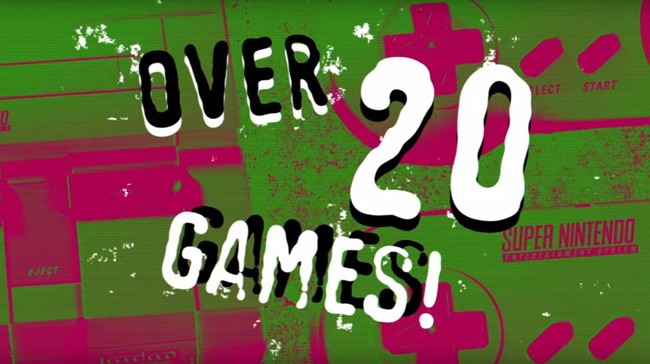
Fine. Whatever. The people who were still awake had a chance to purchase the console fair and square, and given the window of time during which it was available, it was feasible for someone to spot the system on social media, go to the Best Buy website, enter their billing and shipping information, and still purchase the system before stock was depleted. There was some luck involved, to be sure, but that’s a part of life. There had to be some limit on the console’s supply, after all.
If Walmart, Target, or GameStop gave users a similar buying experience, players may still have had the right to be grumpy, but what actually transpired has left many irate. I heard rumors that Walmart was going to be opening up its pre-orders (for real!) at 1 p.m. that day. I had already entered all of my billing and shipping information in advance, I had the listing up in my web browser, and I even found an app that promised to notify me the second the system was in stock. I wouldn’t be denied my SNES Classic, and if possible, I would even try to snag one for my brother, as well.
As the clock neared the top of the hour, my legs started shaking, and the second it hit 1 p.m., I refreshed the page, placed the system in my cart, and checked out. Then I did it again. In total, it took me maybe 10 seconds to place the two orders. I thought I was being insane, or at the very least, just being particularly careful so I didn’t miss out on the system I wanted so much.

I wasn’t being too careful. Walmart ran out of stock in less than 30 seconds. As I went to alert my friends that pre-orders were live, it was too late. Even a large number of people who knew about the date and time weren’t quick enough to pre-order the system. My app didn’t give me a notification until a few minutes after the console had gone out of stock.
But Walmart was just one chain. Target and GameStop could, presumably, still save the day. If consumers were provided with a date and time for when these stores would open up pre-orders for the console, there was still a chance that the most dedicated fans would be able to secure one. One of my colleagues had been waiting patiently at his computer for Target’s to begin. As soon as an alert went out on Twitter confirming that Target has begun taking pre-orders, he refreshed the page and attempted to purchase the system – but it was already too late. Target couldn’t have been in stock for more than 15 seconds before its supply was already depleted. GameStop chose a slightly different route, primarily taking in-store orders. But after selling a few $80 units per store, only more expensive bundles that included novelty lamps and flasks were made available. It’s the same tactic the retailer used during the Nintendo Switch launch, ensuring that customers would have to spend more than they needed to on the new console.
The one plus-side to this strategy is that it discouraged scalpers from sweeping in and taking GameStop’s entire supply, and this is largely to blame for the ridiculously small in-stock window for Walmart and Target. A script called Tai Ding, designed to purchase consoles as soon as they were made available, was partially to blame for this, and though Target and Walmart have allegedly tried to find a workaround for the bot, very little has actually been done. Soon after the smoke had cleared, I saw disgruntled users complaining that there was no “I’m not a robot” or captcha program in place to determine that humans were placing orders. With the NES Classic, perhaps Walmart and Target were genuinely caught off guard – I think we all were. But they had to have expected this to happen with its successor. Failing to put one of these systems in place allowed the stores to guarantee they’d quickly sell through their allotted inventory, but it also guaranteed that Nintendo fans would hold a grudge against them for years to come.
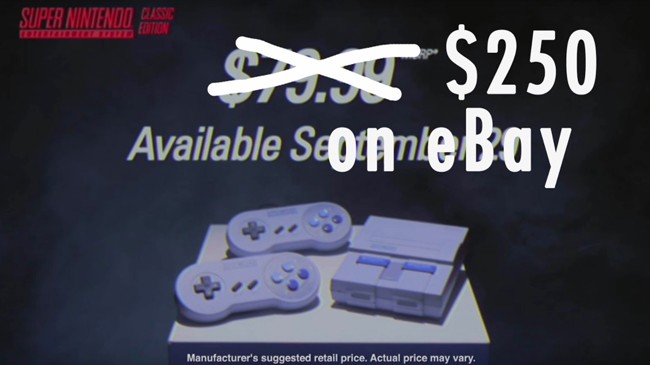
Nintendo isn’t free of blame for the SNES Classic fiasco, however. Retailers weren’t listed on the console’s official website until hours before it was scheduled to go on sale, and Nintendo gave no hints that August 22 would be its official pre-order date. Instead, the company just posted an unnecessary trailer, as if it assumed that anyone who watched it would possibly be able to find the system, themselves – I’ve altered a screenshot to make the trailer more realistic.
Nintendo can’t keep quiet about the SNES Classic’s supply issues any longer. Unless an enormous amount of the systems makes its way to brick-and-mortar locations on September 29, it’ll remain as mysterious and mythical as Bigfoot or the Loch Ness Monster. And at least people aren’t trying to sell those legendary creatures for hundreds of dollars on eBay.
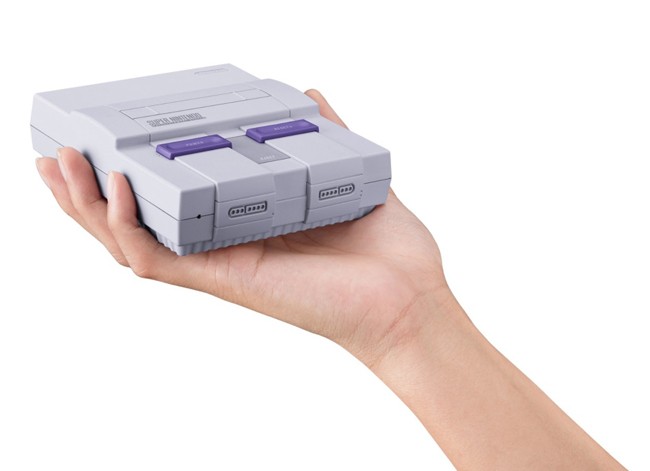
Sort by:
Comments :0


